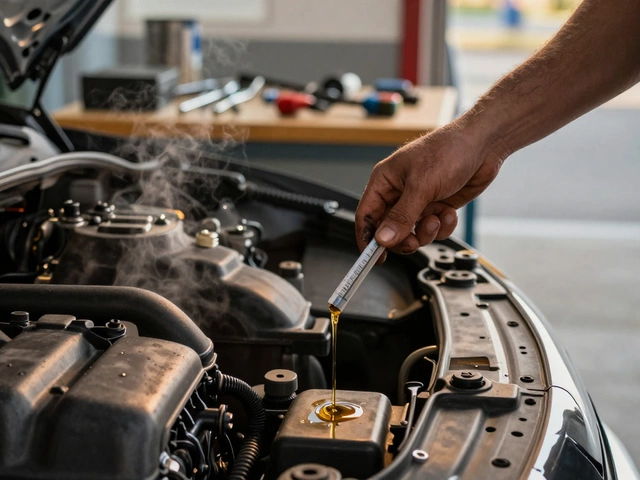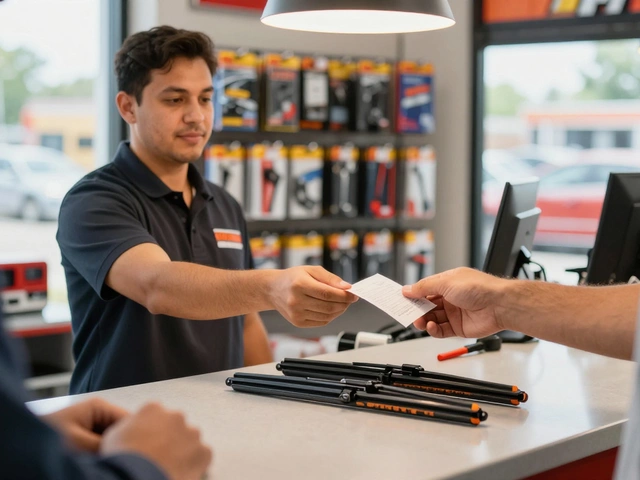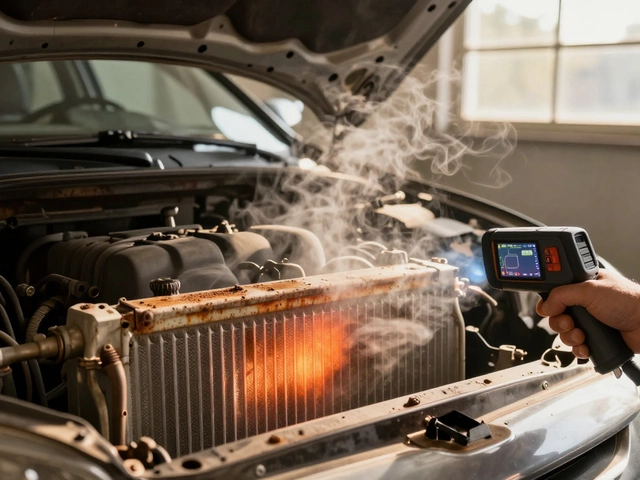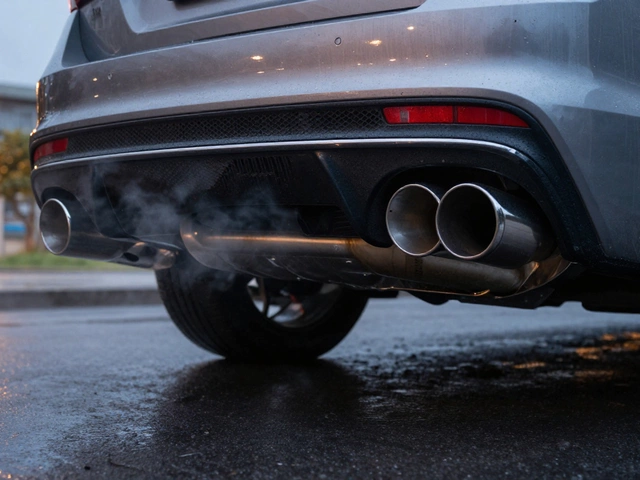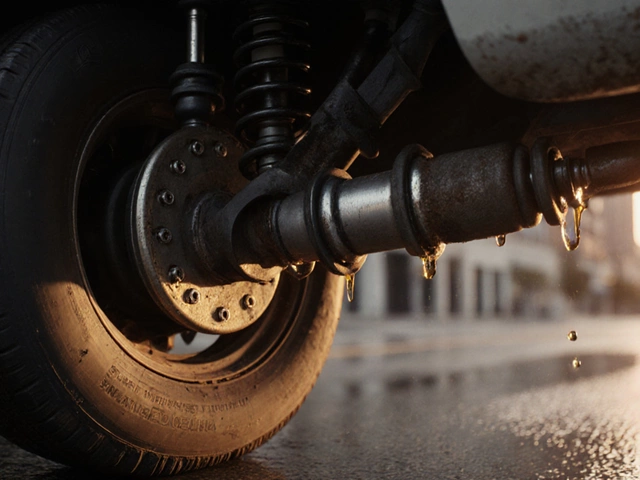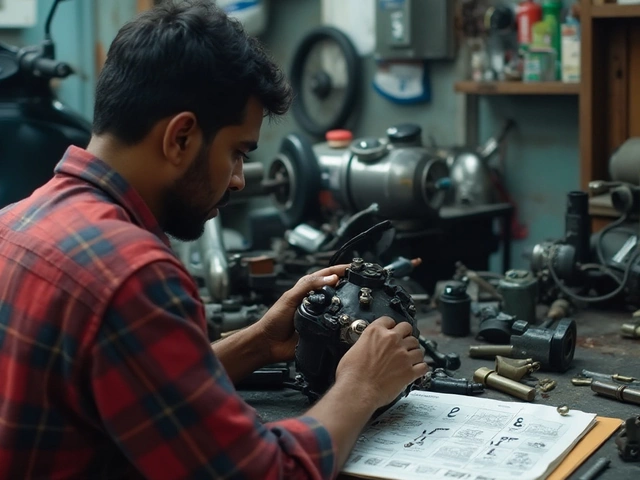Car Design: Shaping Performance and Style
When talking about car design, the art and science of shaping a vehicle’s look, feel, and function. Also known as automotive styling, it blends aesthetics with engineering to meet safety, efficiency, and brand goals.
Core Elements That Define Modern Cars
One of the first pillars is Aerodynamics, the study of airflow around a vehicle to reduce drag and improve stability. Good aerodynamics directly influences fuel economy, high‑speed handling, and even cabin noise levels. Another key piece is Interior Styling, the layout, materials, and ergonomics that create the driver’s experience. Comfortable seats, intuitive controls, and visual harmony turn a plain car into a personal space. Together, these elements illustrate the semantic triple: Car design encompasses aerodynamics and interior styling, while aerodynamics influences fuel efficiency.
Beyond visual appeal, functional components shape the design language. Engineers choose suspension geometry, exhaust routing, and engine oil specifications not just for performance but also to fit the vehicle’s silhouette. For instance, a low‑profile suspension allows a sleek roofline, while exhaust placement can dictate rear bumper contours. Spark plug placement affects engine bay packaging, which in turn impacts how designers sculpt the front fascia. These decisions show how car design requires careful coordination of mechanical systems.
Today's design process leans heavily on digital tools. CAD software lets designers sketch every curve, while CFD (computational fluid dynamics) simulates airflow before any physical prototype exists. Wind‑tunnel tests still verify those simulations, especially for high‑performance models. Material engineering also plays a huge role—lightweight aluminum, carbon‑fiber composites, and recycled plastics let designers push boundaries without adding weight. The triple “Car design requires material selection” captures this link, highlighting how material choices enable bold styling while meeting safety standards.
Consumer expectations add another layer. Drivers want cars that look aggressive yet feel safe, with intuitive controls that reduce distraction. Safety features like crumple zones and pedestrian‑friendly front ends have become design constraints, prompting creative solutions such as hidden airbags and active grille shutters. Brand identity remains crucial, too; a recognizable grille or silhouette can turn a vehicle into a moving advertisement. All these factors illustrate the semantic connection: Car design influences brand perception and driver experience.
Below you’ll find a collection of practical guides that dive deeper into each of these areas—from choosing the right engine oil viscosity to softening a stiff suspension, from spotting bad spark plugs to comparing exhaust brands. Whether you’re tweaking a hobby car or researching the next model, these articles give you the hands‑on knowledge that sits at the intersection of design and performance.
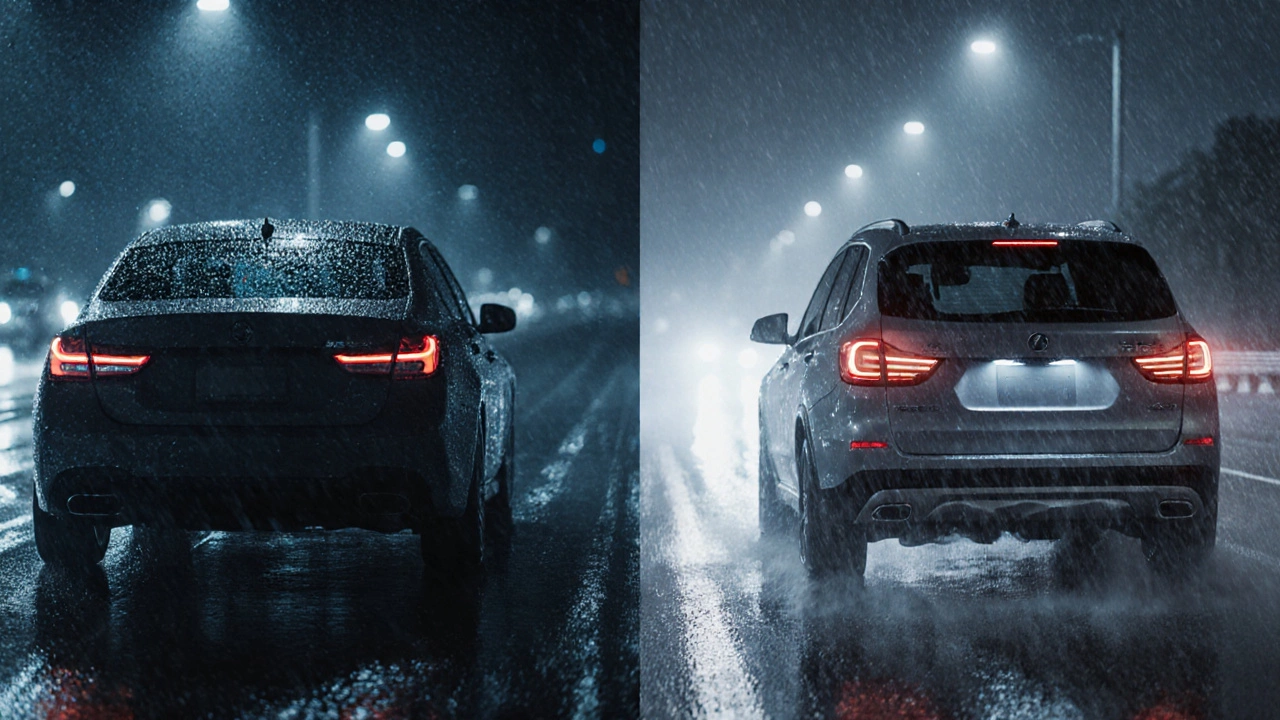
Why Sedans Lack Rear Windshield Wipers - Explained
Explore why most sedans skip rear windshield wipers, covering design, cost, safety alternatives, and when a rear wiper might be worth adding.
CONTINUE READING